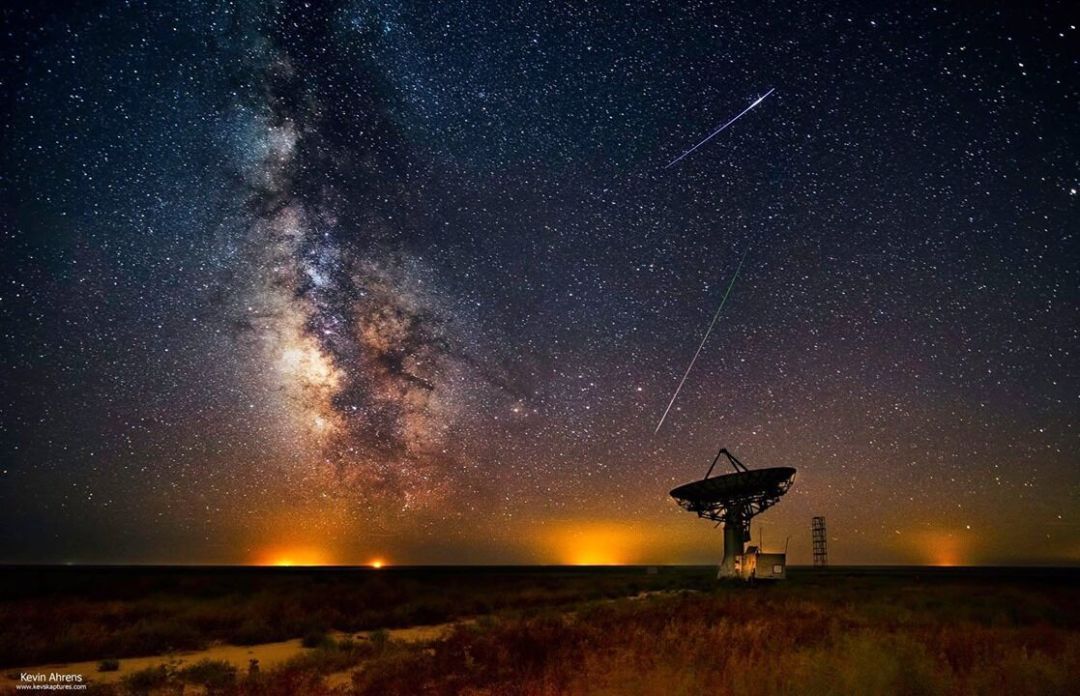
译文导读
宇宙空间探索成就辉煌:新视野号飞掠“天涯海角”;中国航天器嫦娥四号登陆月球背面。尖端的宇宙探索技术加持;卓越的意志品质支撑;无穷的好奇心驱使,宇宙空间探索的成功因子缺一不可。宇宙探索技术的民用化与军用化,带来宇宙空间军事化潜在威胁;商界巨擘们计划利用宇宙探索技术逃离糟心的地球。面对伤痕累累的人类共同家园地球,是无情叛逃?还是精心呵护?
译者:Ailsa
校对:Aether/丁嘉 Mr.Liu
The Guardian view on spaceflight:
the outward urge
《卫报》评太空探索,冲动难抑
Missions like Nasa’s flyby of Ultima Thule, and China’s to place a lander on the far side of the moon, are more than a triumph of technology.
美国国家航空航天局(NASA)的“天涯海角”(Ultima Thule)执行探测任务;中国航天器登陆月球背面,太空任务屡创佳绩不仅仅昭示辉煌技术。
译者注:
“天涯海角”(Ultima Thule),编号2014 MU69小行星,位于遥远的柯伊伯带(距离太阳约30天文单位外黄道面附近、天体密集的中空圆盘状区域)。
Some things are almost too extraordinary to comprehend. Take what is almost the smallest and simplest measurement from the New Horizons space probe which has just passed Ultima Thule: it is travelling at 32,000 miles an hour, a speed that is more than 50 times faster than anyone alive on Earth has travelled – unless they are a military pilot or an astronaut. In fact, it’s close to magic: Puck boasts in A Midsummer Night’s Dream that he can girdle the Earth in 40 minutes; New Horizons could do it in 50. This is not an easy speed at which to control anything. Yet, while moving that fast, and so far from Earth that it takes radio signals, travelling at the speed of light, more than six hours to reach it, the probe has been flown within 2,400 miles of a lump of rock 20 miles long which is itself hurtling through space in an orbit it has kept since before the Earth was formed.
有些事情非同寻常,不可思议。比如,刚飞掠“天涯海角”的天体探测器新视野号,体积最小,结构最简,速度一骑绝尘,达3.2万英里每小时,是所有生物现能达到的出行速度的50多倍,唯有军用飞机和宇宙飞船能够媲美。实际上,新野号速度之快,几乎媲美天方夜谭。《仲夏夜之梦》中的帕克吹嘘自己完成环球旅行要不了40分钟。而视野号环球飞行只用了50分钟。操控高速运行的物体绝非易事。视野号飞行器速度如此之快,距离地球如此之远,发射的无线电信号以光速传输,到达地球也要6个多小时。新视野号飞越天涯海时,与之相距不到2400英里,这颗小行星直径20英里,比地球还要古老,在太空中按既有轨道高速运行。
As Nasa announced the mission’s success, China was attempting to place a lander on the far side of the moon to help to decide whether a radio telescope could some day be built there, entirely screened from the interference of earthly civilisation。 Nasa has already managed to put another spacecraft in orbit around a tiny asteroid, only 500m in diameter and much closer to Earth than Ultima Thule: the plan here is to land on the rock, collect samples, and return with them to Earth by 2023。 There are two Nasa probes on Mars, sending back a stream of data, videos, and even the sounds of the wind on an alien planet。
Space exploration demands extraordinary technologies, and has helped to produce some of them。 But it also requires extraordinary human qualities: for astronauts, great bravery, but for everyone, ingenuity, imagination, discipline, and even a sort of altruism。 The scientists and engineers, and the astronauts themselves, all need to work for decades for little material reward: New Horizons will bring nothing back but knowledge。 There is nothing to exploit in the outer reaches of the solar system, just the boundless satisfaction of understanding the universe a little bit better。
美国宇航局宣布任务成功,中国也在努力尝试,希望探测器能在月球背面着陆,探测是否能在那建立免受地球上通讯影响的射电望远镜。美国已经将另一个宇宙飞船送入既定轨道,围绕一个直径为500米的小行星运行,在后续计划中将着陆小行星,采集样本,在2023年之前将样本带回地球,这颗小行星距离地球比天涯海角近得多。火星上运行着两个美航局探测器,探测器将数据、视频甚至火星上风声的音频源源不断地传回地球。太空探索需要尖端科技加持,也催生一些顶尖技术。同时,它还要求人们具备各种优良品质。太空探索不仅需要宇航员勇敢无畏,也要求所有人富有创新精神与想象力,极度自律,拥有一点利他主义情怀。科学家,工程师以及宇航员工作兢兢业业,十年如一日,物质回报确微乎其微;视野号探测成功换来的除了知识,别无其他。在太阳系外的宇宙,我们能攫取的资源寥寥无几,所能获得的也只有日益了解宇宙所产生的满足感,而这种满足感无穷无尽。
The technology continues to get better and cheaper. Its role in the economy becomes steadily more central. While proper space exploration remains the preserve of governments, commercial exploration of the near-Earth orbit is cracking on. In fact our economy has extended into orbit for decades now. Without satellite communications and GPS information the world would come to a chaotic halt. The civilian – and the military – uses of imagery from space are now impossible to count.
太空探索技术日趋成熟,成本持续下降,在经济领域的作用日益关键。虽然宇宙空间探索仍是政府专利,但近地轨道商业化探索方兴未艾。事实上,近地轨道商业化已有几十年之久。要是没有卫星通讯与全球卫星定位系统,整个世界恐怕早已混乱不堪。太空影像在民用和军事领域的应用数不胜数。
There is a danger here. It is not that of commercial exploitation but of the malevolently intended and unprofitable uses. The most obvious is the possibility of militarising space. In one sense, space has been militarised ever since the launch of the first intercontinental ballistic missiles, but there are new threats, involving the destruction of an enemy’s targets, such as their satellites, which we can only hope remain entirely theoretical.
太空探索科技带来威胁。问题倒不是出在商业开发方面,而是有人居心叵测,不牟利而牟它。最为显而易见的是太空军事化趋势。从某种意义上而言,第一枚洲际弹道导弹发射,空间军事化帷幕拉启,此后军事威胁层出不穷,比如摧毁敌方卫星等目标物。我们唯有祈求这些军事手段不要诉诸实践。
More immediately, space exploration has become a fashion among the unfathomably rich, such as Jeff Bezos and Elon Musk, who are running rival private space programmes. The use of huge rockets in the tech billionaires’ demonstrations of manhood isn’t entirely comical. It speaks of a dream that they can leave the Earth and all its messy problems far behind. It is a negation of the message of that first great picture from space – Earthrise – which showed us all sharing one planet. That is still who we are. And you cannot escape to the final frontier if you screw up the planet you start from.
对比之下,宇宙探索已经成为超级富豪们追逐的时髦,这有目共睹,比如,杰夫·贝佐斯与埃隆·马斯克在打造私人宇宙航空项目上相互对垒。科技领域身价亿万的大佬们利用巨型火箭,一展雄心,这当然不是毫无意义。这反映这些商业界巨擘们梦想离开地球,将地球上一切糟心事统统抛诸脑后。逃离地球,这与“地球升起”寓意截然相反——从太空中传回的第一张图片,意义非凡,它提醒着地球是人类共同栖息的家园,现在依旧如此。若人类生命起源的地球遭到毁灭,人类逃亡地球流浪宇宙,一直寻觅一方乐土,恐怕只是大梦一场。
文章结构:

译者介绍:

华师研究僧一枚,修MTI续翻译缘,矛盾性格综合体。怕什么译事三难,进一寸有一寸欢喜!【1601237486@qq.com】




发表评论